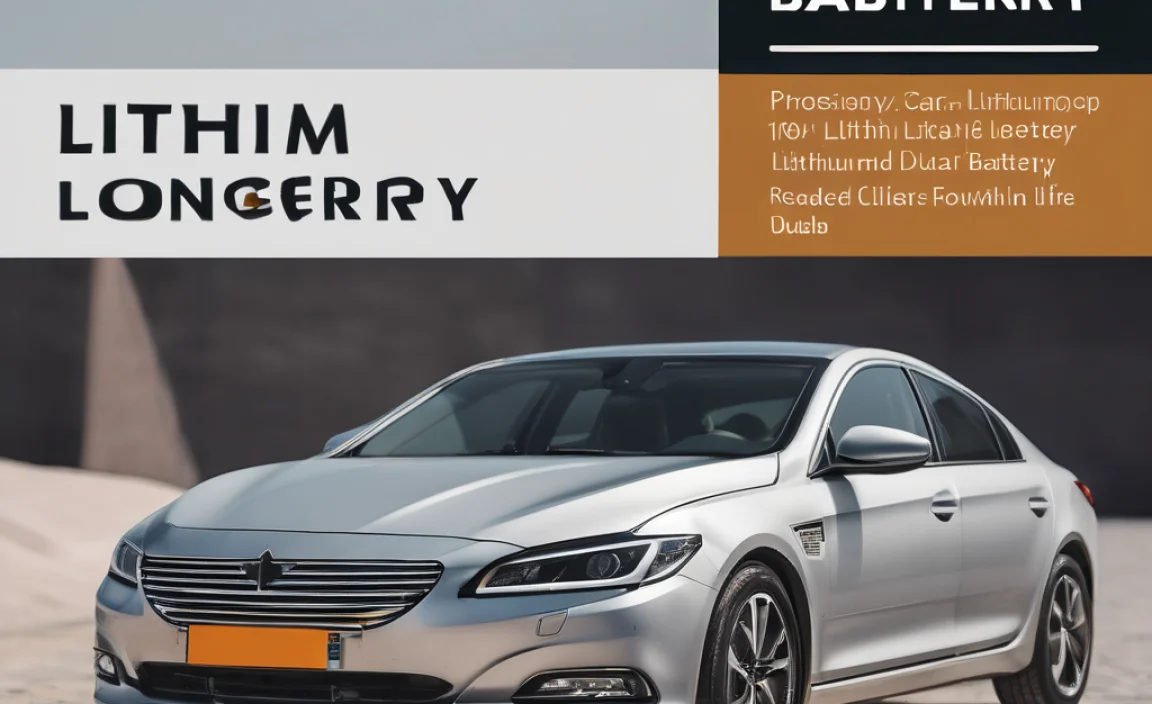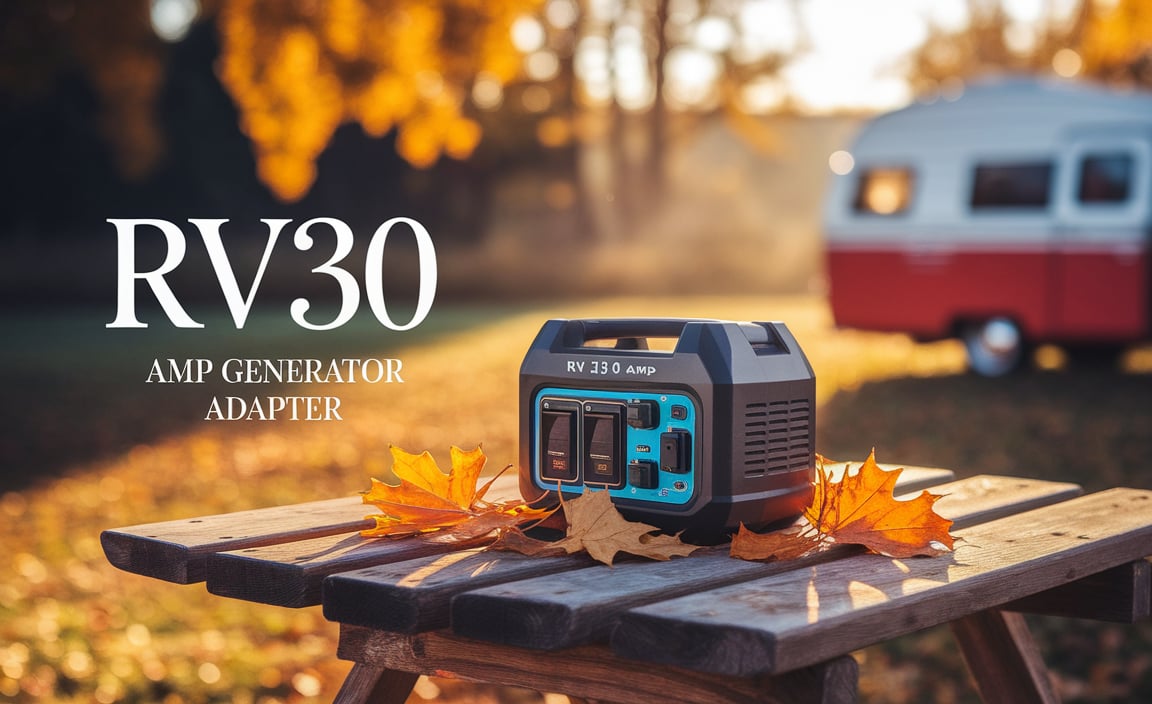50cc Scooter Battery: Your Essential Size Guide
Understanding what size battery for 50cc scooter is crucial for ensuring your ride starts reliably and performs optimally. A 50cc scooter, while often a smaller displacement, relies on a correctly sized and specified battery to power its ignition, lights, horn, and any other electrical accessories. Choosing the wrong battery can lead to frustrating dead starts, premature battery failure, or even damage to your scooter’s electrical system. This guide will break down the key factors to consider when selecting the perfect battery for your 50cc machine, ensuring you get the most out of your investment.
The Importance of the Right Battery Size for Your 50cc Scooter
The “size” of a scooter battery isn’t just about its physical dimensions, though that’s certainly a factor. It encompasses several critical specifications that dictate its performance and compatibility. Let’s delve into these:
Key Battery Specifications to Consider
Voltage (V): This is the most fundamental specification. For nearly all 50cc scooters, the standard voltage is 12 volts (12V). You’ll find very few, if any, 50cc models operating on a 6V system in modern times. Always confirm your scooter’s voltage requirement in its owner’s manual. Using a battery with the incorrect voltage can severely damage your scooter’s electrical components.
Ampere-Hour (Ah) / Capacity: This rating indicates the battery’s ability to deliver a certain amount of current over a specific period. A higher Ah rating means the battery can supply power for longer. For most 50cc scooters, a capacity ranging from 4Ah to 9Ah is typical. The exact requirement will depend on your scooter’s electrical demands. If your scooter is stock with minimal electrical additions, a lower Ah might suffice. However, if you’ve added accessories like aftermarket lights or a USB charger, a slightly higher Ah rating could be beneficial for sustained power.
Cold Cranking Amps (CCA): This rating measures the battery’s ability to start an engine in cold temperatures. While 50cc scooters typically have smaller engines that are easier to crank than larger motorcycles, CCA can still be relevant, especially if you ride in cooler climates. A higher CCA means a stronger burst of power is available for starting. For 50cc scooters, a CCA rating between 50 and 90 CCA is generally more than adequate. Over-speccing CCA won’t harm your scooter, but it’s often unnecessary and can increase the cost.
Physical Dimensions (L x W x H): This is where the literal “size” comes into play. Batteries are manufactured in various physical casings to fit specific battery trays and compartments on different scooter models. It’s absolutely essential to measure the existing battery space in your scooter or refer to your owner’s manual for precise dimensions. Batteries are typically categorized by industry standards (e.g., YTX series). If you know the original battery’s part number or its YTX designation (e.g., YTX5L-BS), searching by that often ensures the correct physical fit and electrical specifications.
Decoding Battery Terminals and Types
Beyond the core specifications, understanding battery terminals and types ensures a correct and long-lasting connection.
Terminal Type: Most 50cc scooter batteries use standard spade terminals, but the orientation (positive and negative post locations) can vary. Pay close attention to this when selecting a replacement, as a mismatched terminal configuration will prevent proper connection.
Battery Chemistry:
Sealed Lead-Acid (SLA) / Maintenance-Free: These are the most common types for scooters. They come in two sub-categories:
Absorbent Glass Mat (AGM): These batteries use fiberglass mats to absorb the electrolyte. They are spill-proof, vibration-resistant, maintenance-free, and offer good performance and longevity. They are a popular choice for scooters.
Gel Cell: In gel batteries, the electrolyte is suspended in a gel-like substance. Like AGM, they are spill-proof and maintenance-free. Gel batteries can be more sensitive to overcharging and might be slightly more expensive.
Flooded Lead-Acid (Wet Cell): These batteries have removable caps allowing for the addition of distilled water to maintain electrolyte levels. While they are generally cheaper, they require regular maintenance, are prone to spilling, and are less common in modern scooters due to the advantages of SLA batteries.
Finding the Right Size Battery for Your 50cc Scooter: A Step-by-Step Approach
To confidently answer “what size battery for 50cc scooter,” follow these steps:
1. Consult Your Scooter’s Owner’s Manual: This is your primary and most reliable source of information. The manual will specify the exact voltage, Ah rating, CCA (if relevant), and often the physical dimensions or battery model number recommended by the manufacturer.
2. Inspect Your Current Battery: If the manual isn’t readily available, carefully remove your old battery. Look for labels that indicate its specifications (voltage, Ah, CCA) and any identifying part numbers or industry codes (like YTX). Note the physical dimensions and the terminal layout.
3. Measure the Battery Compartment: Even with the old battery out, measure the available space to ensure any new battery you consider will physically fit.
4. Use Online Resources and Retailer Tools: Many online battery retailers and manufacturers offer “battery finder” tools. You can input your scooter’s make, model, and year, and the tool will suggest compatible batteries. Double-check the recommended specifications against your findings from steps 1-3.
5. Understand Replacement Codes: If your old battery has a code like “YTX5L-BS,” this is an industry standard that signifies specific electrical and physical characteristics. Searching for this code will generally lead you to compatible batteries. The “L” often indicates that the terminals are on the left side when viewed from the front, and “BS” refers to the battery type and sealing.
When in Doubt, Go for the Equivalent
When replacing your 50cc scooter battery, the safest bet is to find a battery that matches the original specifications as closely as possible. If you can’t find an exact match, prioritize maintaining the correct voltage and physical dimensions. If you opt for a higher Ah rating, ensure the physical dimensions are still compatible. A slightly higher Ah is generally harmless and can offer a little extra reserve power. Avoid going significantly below the recommended Ah rating, as this can lead to power issues. Similarly, ensure the terminal type and orientation are correct before purchasing.
By understanding these key specifications and following a systematic approach, you can confidently select the right size battery for your 50cc scooter, ensuring reliable starts and a smooth riding experience for miles to come.


